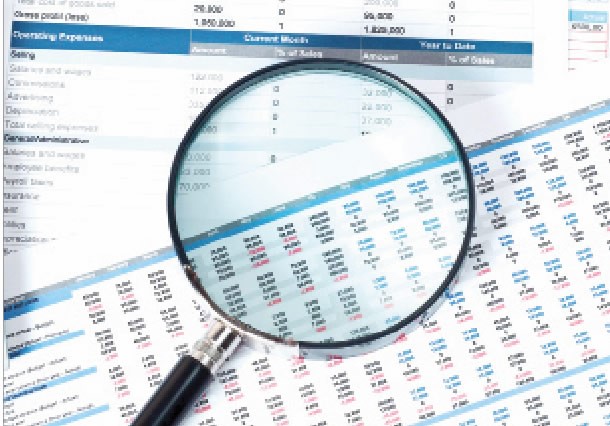BrandiQ Report
Business activities in the private sector were broadly stagnant in August, according to the Stanbic IBTC Bank Purchasing Manager Index released on Monday.
The headline PMI moved up to 49.9 in August from 49.2 in July, but remained just below the 50.0 no-change mark and signalled a stagnation in overall operating conditions in line with the trend in business activity, which decreased fractionally for the second consecutive month.
Readings above 50.0 signal an improvement in business conditions compared to the previous month, while readings below 50.0 show a deterioration.
“New orders returned to growth, the rate of expansion was only modest and insufficient to result in a rise in business activity, which fell fractionally. Employment continued to increase, however, as firms worked through outstanding business at a faster pace.
2.4MAlleged N8bn Air Fraud, Food Prices Rise, Others
“Companies continued to contend with sharply rising input costs, with the rate of inflation quickening since July. In turn, firms increased their selling prices at a faster pace. Companies reported that demand remained muted amid strong inflationary pressures, but there were some signs of encouragement as new orders returned to growth.
“New business was up slightly, reversing a decline seen in July. That said, the pace of expansion was much softer than the series average. New business rose across three of the four monitored sectors, the exception being services,” the report stated.
The Head of Equity Research West Africa at Stanbic IBTC Bank, Muyiwa Oni, explained, “Nigeria’s headline PMI increased slightly to 49.9 points in August from 49.2 in July but remained just below the 50.0 no-change mark and signalled a broadly stable picture for business conditions in the Nigerian private sector.
“The stagnation in overall operating conditions was in line with the trend in business activity; Nigerian companies posted a fractional reduction in business activity during August, as was the case in July. Although a renewed expansion of sales led some companies to increase their output, others reported that demand remained weak amid marked cost pressures.”
He stated that activity rose in the manufacturing and wholesale & retail categories but fell in agriculture and services.
“On purchase prices, respondents noted higher costs for materials, most notably animal feed and paper, while logistics and transportation were also a source of inflation amid higher fuel prices. Some panelists noted the weakness in the USD/NGN pair.
“The rate of output price inflation also quickened to a five-month high in August as just under half of all respondents signalled a rise in charges. The increase in output prices reflected the pass-through of higher costs to customers,” he added.
In August, employment also increased, extending the current sequence of job creation to four months.
Although modest, the latest rise in staffing levels was the fastest since last November.
The report said that the combination of rising staffing levels and muted new order inflows meant that firms were able to deplete their backlogs of work at the joint-fastest pace since June 2022.
Also, input costs rose rapidly again midway through the third quarter.
The rate of purchase cost inflation hit a five-month high amid increases in prices for materials and transportation, with cost pressures exacerbated by currency weakness.
Staff costs were also up as firms increased pay in response to higher living costs.
Although rising from July’s record low, sentiment remained among the least optimistic since the survey began.

